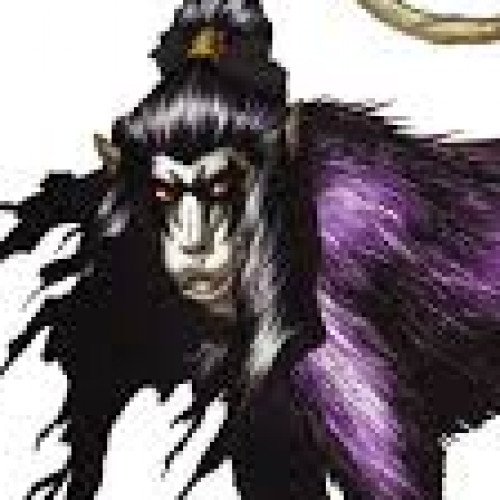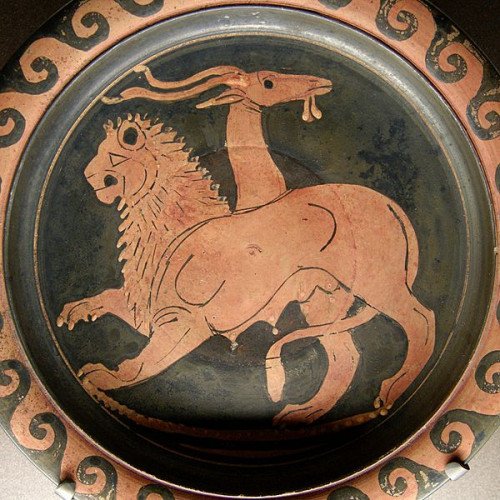Jueyuan (mythology) VS Chimera (mythology)

Jueyuan (mythology)
Jué yuán (玃猿) (in Chinese "Jué yuán", in Japanese "Kakuen") is a legendary animal in the legends of China. They are also called Jué (玃) (in Japanese "kaku"), Jué fù (玃父), Jiā (猳), Jiā guó (猳國) (in Japanese "kakoku" カ国 ), and mǎ huà (馬化) (in Japanese "baka"). They are similar to monkeys, and thus possess a characteristic of carrying away human females and violating them.
Statistics for this Xoptio

Chimera (mythology)
The Chimera ( or , also Chimaera (Chimæra); Greek: Χίμαιρα, Chímaira "she-goat"), according to Greek mythology, was a monstrous fire-breathing hybrid creature of Lycia in Asia Minor, composed of the parts of more than one animal. It is usually depicted as a lion, with the head of a goat protruding from its back, and a tail that might end with a snake's head. It was one of the offspring of Typhon and Echidna and a sibling of such monsters as Cerberus and the Lernaean Hydra. The term "chimera" has come to describe any mythical or fictional creature with parts taken from various animals, to describe anything composed of very disparate parts, or perceived as wildly imaginative, implausible, or dazzling.